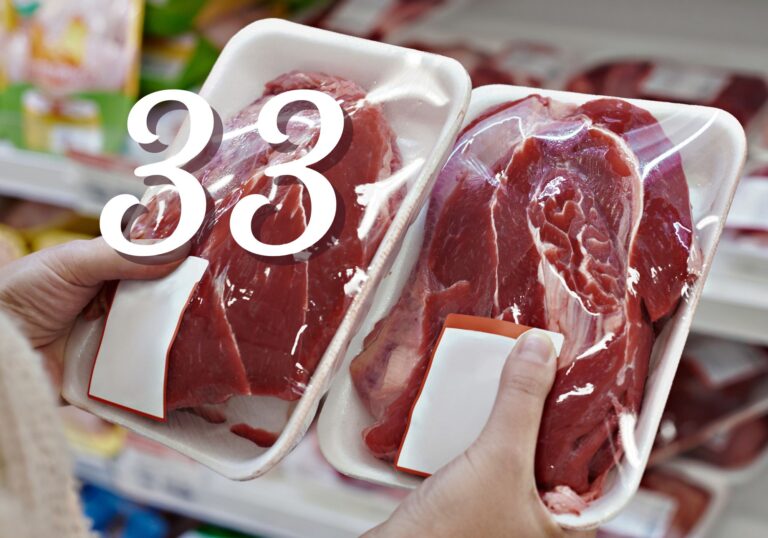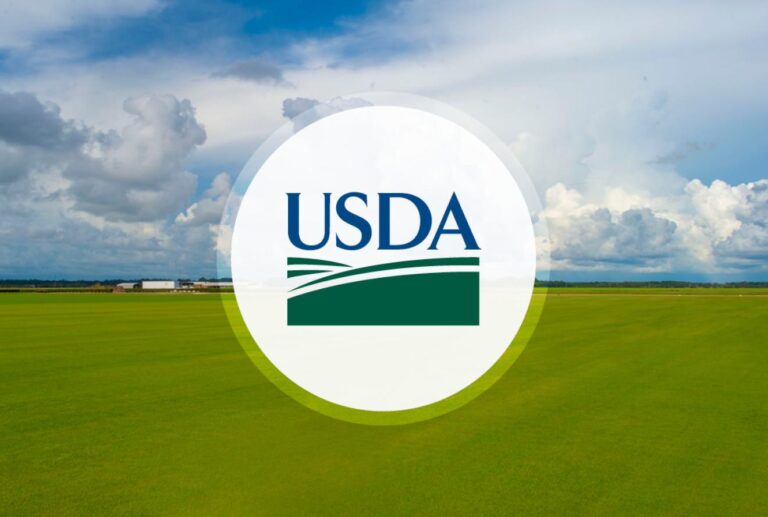The Economic Cost of Food Monopolies: The Grocery Cartels
Americans are paying more at the checkout than ever — and one cause is too often ignored: the growing concentration of power among a few dominant supermarket chains. These giants don’t just shape what ends up in the grocery aisle — they set the price, limit competition, and squeeze both suppliers and consumers.
During the COVID-19 lockdowns, many supermarkets saw profits soar. With people cooking at home more often and sheltering in place, foot traffic shifted heavily into large chains — and their revenues followed. These grocery giants reaped double-digit growth, boosted stock values, and reaped gains that smaller competitors could not match.
But this isn’t just about temporary pandemic advantages. Multiple reports — including from Food & Water Watch and Farm Action — detail how over recent years the grocery industry has consolidated into fewer hands. Chains expand, buy out or undercut smaller stores, strike preferential supply contracts, and leverage economies of scale to edge out local players. The result: the consumer pays more, local businesses die, and food access becomes less equitable.
These “grocery cartels” impose real costs. Prices for staple goods rise faster under concentrated markets. Communities that once had multiple neighborhood stores now see food deserts form. Farmers and small food producers are forced into contracts with narrow profit margins or face exclusion entirely. With fewer players, the ability to demand better food quality or healthier options diminishes.
So what can be done? First, stronger antitrust enforcement is essential. Regulators must scrutinize proposed mergers, and existing concentrations should be challenged. Second, we should support local and regional grocery systems — incentives, grants, zoning policies that favor smaller stores. Third, supply chains should be made more transparent, with consumers and local suppliers able to see how pricing, contracts, and sourcing decisions are made.
Sources:
https://passby.com/blog/top-grocery-supermarkets-foot-traffic-data/
https://farmaction.us/2023/06/08/retail-consolidation-crisis-across-the-food-chain/






